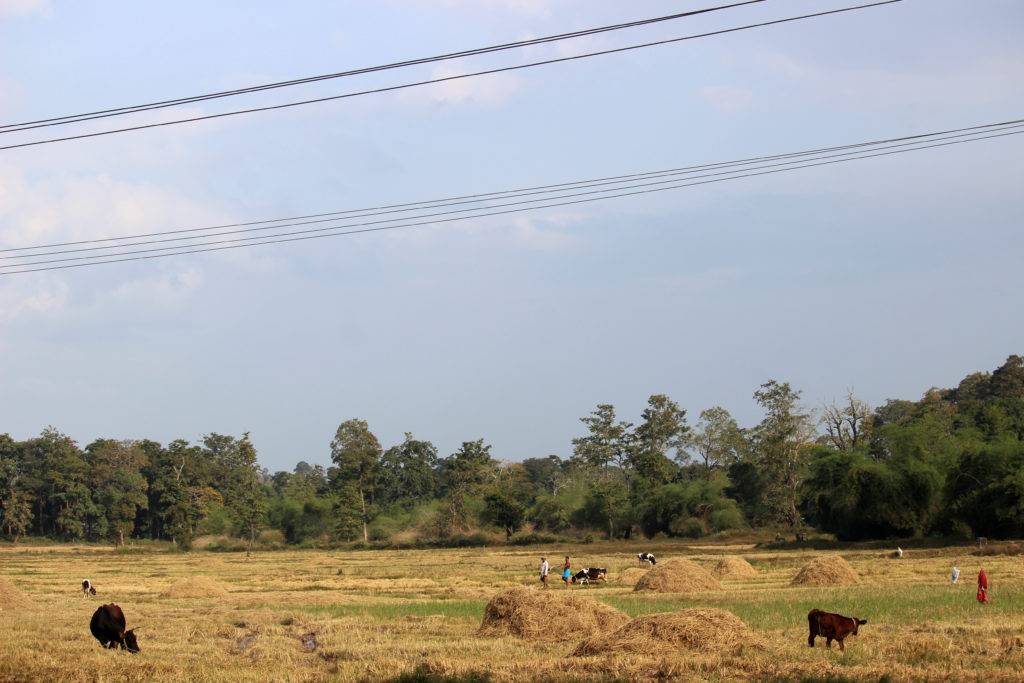Despite recent spurt in organic farming and organic products available more easily, although at a high premium, India is yet to tap its massive potential. This is largely due to the absence of political vision and a mechanism or a model that incentivizes farmers to switch to organic farming or make it attractive for new entrants. An aggressive model, if implemented well, has the potential of transforming Indian agriculture and farmers’ income significantly. More importantly, it will wean farmers away from climate hurting practices, debt and poverty.
Kerala made a modest beginning, in September 2020, by offering Rs. 2,000 per hectare as incentive to farmers for growing paddy. Paddy cultivation has been dwindling in Kerala in the last decade resulting in frequent floods during the Monsoon. But this is just a drop in the ocean. An estimate of the value of ecological services in Manipur, India’s fully organic farming state, for example, is estimated at over Rs. 1.2 lakh per hectare. A realistic support model that is sustainable for the government, consumers and farmers need to be worked out. Can a part of the massive fertilizer and power subsidy be diverted to supporting organic farming?
In a recent paper published in Ecology, Economy Society – the INSEE Journal, January 2021 Issue, M. Manjula Azim Premji University and P. Indira Devi (formerly) Kerala Agriculture University, discuss about catalysts that can help Indian farmers transition from chemical fertilizer and pesticide-driven farming to organic farming in a big way.
According to recent official estimates India has the largest number of organic producers in the world and ranks ninth in terms of its agricultural land under organic cultivation. However, a mere 2.78 million hectares, which is roughly about 2% of the net sown area, is being used for organic farming in India.
The authors suggest market-based instruments like ‘Payment for Ecosystem Services’ (PES) and ‘Agri-Environmental Schemes’ (AES) as complementary policy mechanisms to encourage large-scale adoption of organic farming in India. These two provide monetary compensation to farmers for adopting organic techniques that generate improved ecosystem services. These instruments are in addition to technological and institutional support that are needed for large-scale conversion to organic cultivation. Read full article here – https://ecoinsee.org/journal/ojs/index.php/ees/article/view/337/127
The authors observe that “AES has been used as a market-based policy instrument in the European Union (EU), USA, and Australia since the early 1990s to reduce the environmental risks associated with input-intensive farming and to preserve natural and cultivated landscapes. Successful PES models exist in Indonesia, Tanzania, and Nepal, where farming systems and practices are used as entry points to achieve ecological benefits. The potential for using PES to double farmers’ incomes by getting them to shift to ecosystem service generating, environmentally friendly farming practices has also been explored in the Indian context.” Can this model modify or replace the contentious minimum support price (MSP) model for organic crops?
The authors note: “The challenge in operationalizing AES/PES mechanisms can be institutional, technological, and behavioural. Agro-ecologies should be the basic planning units on which cropping patterns and management protocols are decided. The conversion should happen in a phased manner. The financial base for AES/PES could be pooled from various stakeholders who derive direct/indirect service benefits from the agriculture sector. This includes industries that depend on agricultural produce for raw materials and trade; consumers of organic products; and sectors that use agricultural biodiversity (for instance, the benefits from the gene fund and access and benefit sharing structures). A fixed proportion of the profit that traders earn on sale of organic produce can be diverted to the fund. Funds allocated for climate-smart agriculture (CSA) can also be sources of financial support. Budgetary provisions for the promotion of organic farming could also be channelized for this. Budgetary allocation for the scheme should be shared between state and central governments. Scheme implementation could be the responsibility of state governments.”
India needs a major rethink – reimagination of its agriculture strategy. Support to farmers who want to shift from water guzzling crops like paddy, sugarcane and wheat to pulses and cash crops are needed urgently. Technologies like the IOT (internet of things), artificial intelligence are a big help in significantly reducing water intensity and better crop management. It needs to sort out the market intermediation mechanism which is the bone of contention in the current farmers’ protest against the Government of India’s Farm Laws.
For more reading on the topic
https://www.epw.in/journal/2019/23/special-articles/doubling-indias-farm-incomes.html












